Cassie, a bipedal robot developed at the Oregon State University (OSU) College of Engineering and produced by OSU-spinout company Agility Robotics, recently ran 100 meters with no falls in 24.73 seconds at OSU’s Whyte Track and Field Center. The robot established a Guinness World Record for the fastest 100 meters by a bipedal robot.
The bipedal robot’s average speed was just over 4 m/s, slightly slower than its top speed because it started from a standing position and returned to that position after the sprint, a challenging aspect of developing Cassie, according to the researchers behind the robot.
“Starting and stopping in a standing position are more difficult than the running part, similar to how taking off and landing are harder than actually flying a plane,” OSU AI Professor and collaborator on the project Alan Fern said. “This 100-meter result was achieved by a deep collaboration between mechanical hardware design and advanced artificial intelligence for the control of that hardware.”
Agility Robotics co-founder and CEO Damion Shelton will be keynoting RoboBuiness, which runs Oct. 19-20 in Santa Clara and is produced by WTWH Media, the parent company of The Robot Report. On Oct. 20 from 9-9:45 AM, Shelton will deliver a keynote called “Building Human-Centric Robots for Real-World Tasks.” Agility Robotics will also demo Digit during the session, as well as on the expo floor, and tease the next version of Digit that is due out this fall.
Cassie has knees that bend like an ostrich’s, the fastest-running bird on the planet with the ability to run about 43 mph, and no cameras or external sensors, meaning the robot is blind to its environment and is not autonomous.
Since Cassie’s introduction in 2017, OSU students have been exploring machine learning options in Oregon State’s Dynamic Robotics and AI Lab, where Cassie has been working to. learn how to run, walk and even go up and down stairs. To develop its robot control, the Dynamic Robotics and AI Lab melded physics with AI approaches that are typically used with data and simulation.
The team compressed Cassie’s simulated training, which is equivalent to a year, to just a week by using a computing technique called parallelization in which multiple processes and calculations happen at the same time. This allows Cassie to go through a range of training experiences simultaneously.
In 2021, Cassie traveled 5 kilometers in just over 53 minutes across OSU’s campus, untethered and on a single battery charge. During the run, Cassie used machine learning to control a running gait on outdoor terrain.
The bipedal robot was developed under the direction of Oregon State robotics professor and chief technology officer and co-founder at Agility Robotics Jonathan Hurst with a 16-month, $1 million grant from the Defense Advanced Research Projects Agency (DARPA) and additional funding from the National Science Foundation.
“This may be the first bipedal robot to learn to run, but it won’t be the last,” Hurst said. “I believe control approaches like this are going to be a huge part of the future of robotics. The exciting part of this race is the potential. Using learned policies for robot control is a very new field, and this 100-meter dash is showing better performance than other control methods. I think progress is going to accelerate from here.”
The post Watch a Cassie bipedal robot run 100 meters appeared first on The Robot Report.
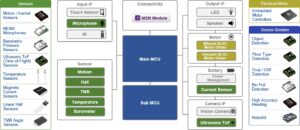
 9. How AI chipset bans could impact Chinese robotics companies
9. How AI chipset bans could impact Chinese robotics companies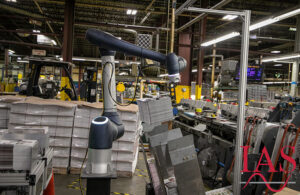

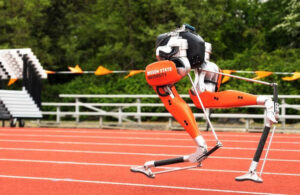 6. Watch a Cassie bipedal robot run 100 meters
6. Watch a Cassie bipedal robot run 100 meters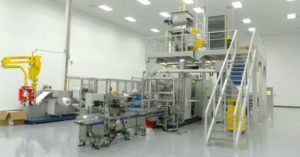 5. Amazon acquiring warehouse robotics maker Cloostermans
5. Amazon acquiring warehouse robotics maker Cloostermans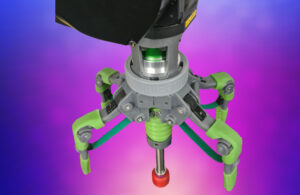
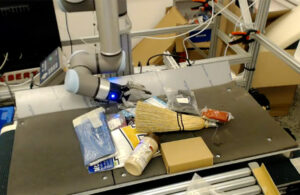
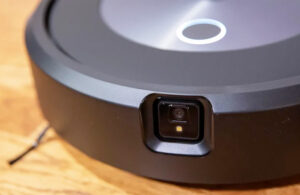 2. FTC investigating Amazon’s acquisition of iRobot
2. FTC investigating Amazon’s acquisition of iRobot 1. Linux embracing Rust will boost robotics community
1. Linux embracing Rust will boost robotics community